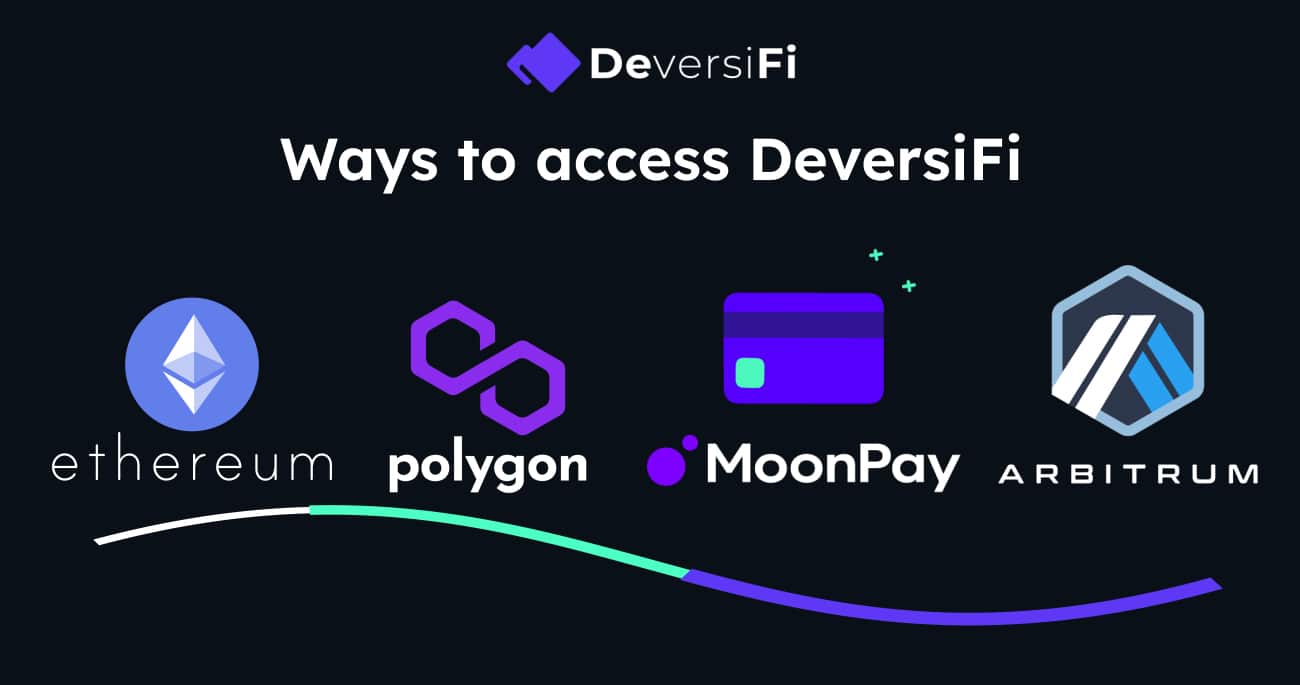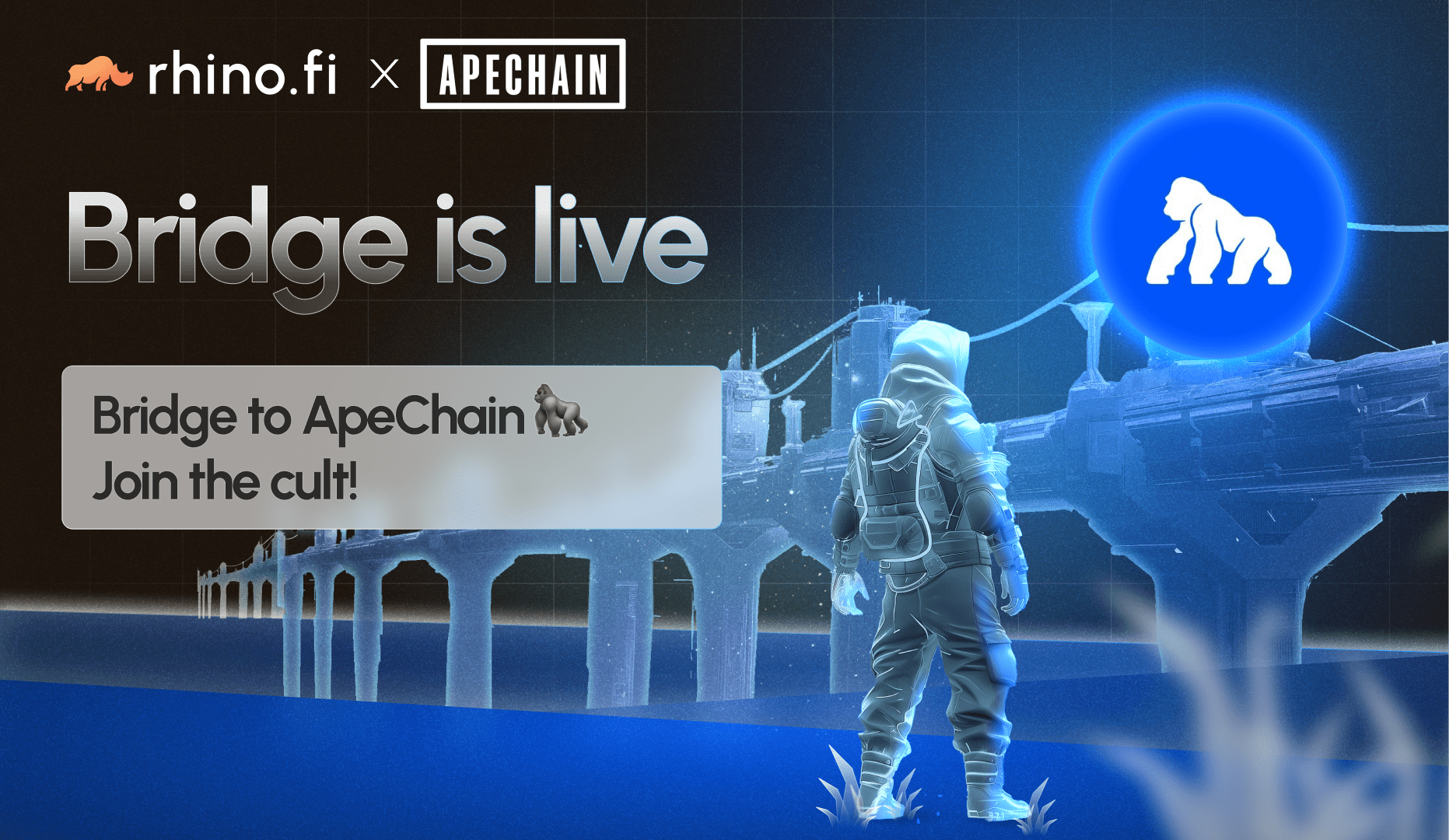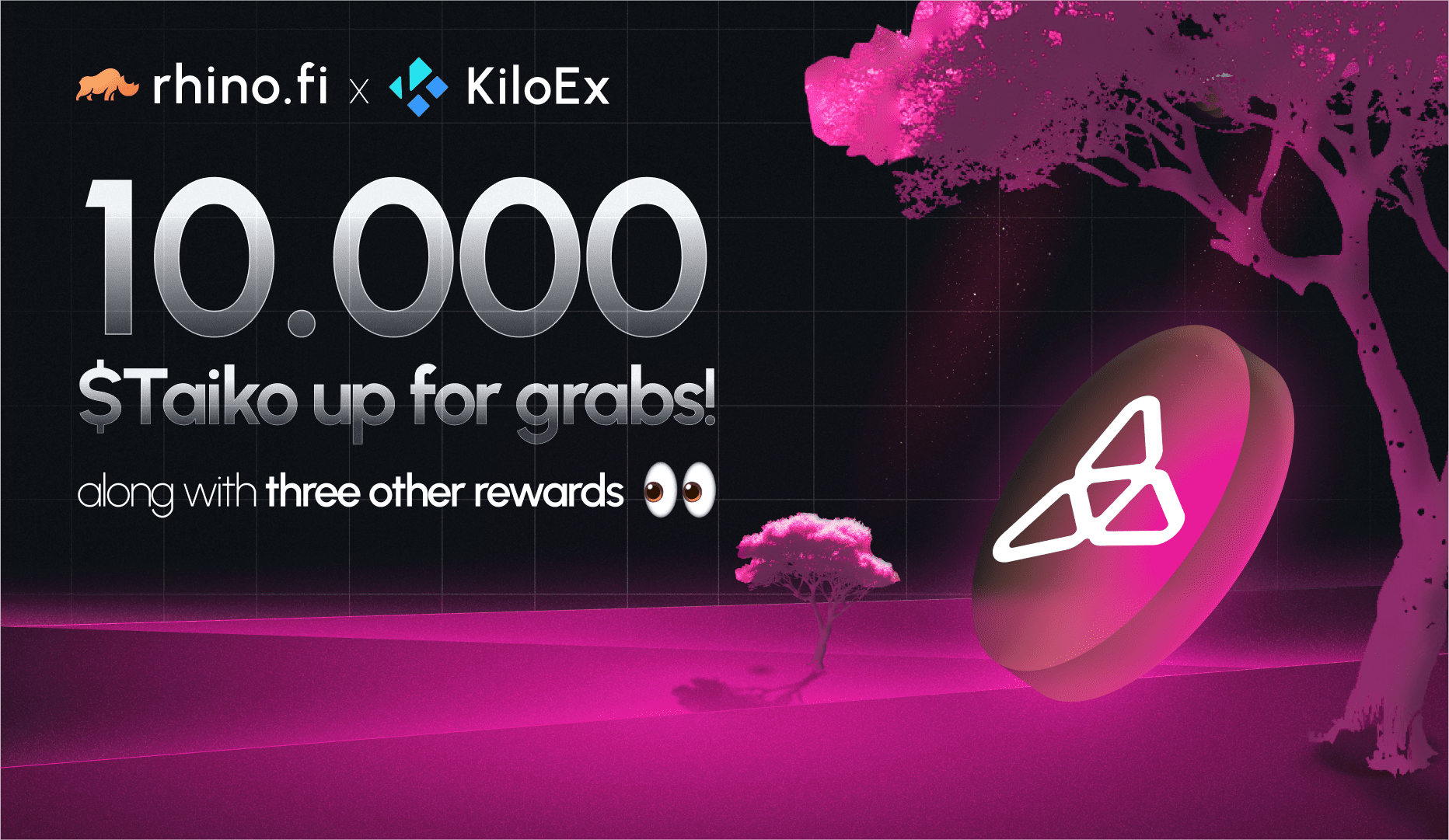There are two types of barriers in the financial world.
One set of barriers is cultural — the restrictions ordinary people face due to their nationality, race, demographic background and credit history.
The other is logistical — the practical problems people encounter when moving their assets from one digital finance platform to another.
The DeFi sphere has done a great job of breaking down the first set of barriers. But the second? Not so much. As we’ve discussed previously, the global uniqueness of blockchains – while advantageous in terms of security – hinders the free and easy movement of assets from one project to another.
With this problem in mind, DeversiFi has embarked on a concerted programme of bridges and integrations, to enable as many people as possible to reach our platform.
Thanks to this programme, crypto users can now move funds to DeversiFi from four principal sources. And in this post, we’ll outline each of the ‘big four’ options, with links to dedicated blog posts so you can see the connection steps.
1. Polygon
Polygon’s user base rivals the main Ethereum blockchain itself; at the last count, it had over half a million active participants. The project describes itself as ‘Ethereum’s internet of blockchains’ and many readers will already use it to access decentralised games, forums and trading platforms.
We’ve created a bridge to Polygon, built entirely on layer 2 — so you can avoid the hefty gas fees.
How you can transfer funds from Polygon
It’s mega-simple: simply connect your Metamask wallet to DeversiFi, select the token and amount you want to deposit and then switch the network of origin from Ethereum to Polygon.
Once you approve the transaction, the tokens will be transferred to your DeversiFi account as soon as the exchange has been executed on-chain (verified and added to the main Polygon blockchain).
For more info, click here.
2. Arbitrum
Arbitrum, like Polygon, provides a bedrock for decentralised applications. In this case, developers can use Arbitrum as a scaling technology to build their projects off the main Ethereum blockchain. Arbitrum One, the dedicated portal for the technology, is home to wallets, lending hubs, trading exchanges and NFT marketplaces – to name just a few of its many use cases.
Just as with Polygon, we’ve built a bridge to Arbitrum and it never touches layer 1, meaning sweet gas-freedom on all crossings.
How you can transfer funds from Arbitrum
The steps are the same as for Polygon, although this time you need to change the network to Arbitrum.
We’ve got a more detailed guide here.
3. Moonpay
Moonpay provides a gateway from the fiat world to crypto. You can use the project to buy crypto using old-school methods like credit cards and bank transfers, and you can sell your digital assets there too.
In December we announced an integration with Moonpay, which allows you to bypass layer 1 completely and jump straight into layer 2. In other words, you can transform your old money into DeFi opportunities with no hold-ups or unnecessary blockages.
How you can deposit funds from Moonpay
The process for Moonpay is slightly different than the ones for Polygon and Arbitrum. It’s a deposit rather than a transfer, so you need to click the ‘Deposit’ option on the main trading page, go through a series of very simple steps and then scan a QR code.
All the info here.
4. From layer 1 Ethereum
Last but not least… we’ve got a super-easy way to connect to DeversiFi directly from your layer 1 wallet.
If you’re an OG (which stands for an ‘original gangster’ in the crypto dialect and refers to those who’ve been around the scene a while) this may be the simplest and most convenient way.
How you can transfer funds from your layer 1 wallet
It’s incredibly straightforward and you can do it as soon as you’ve connected your wallet. Click here to see our simple video tutorial.




